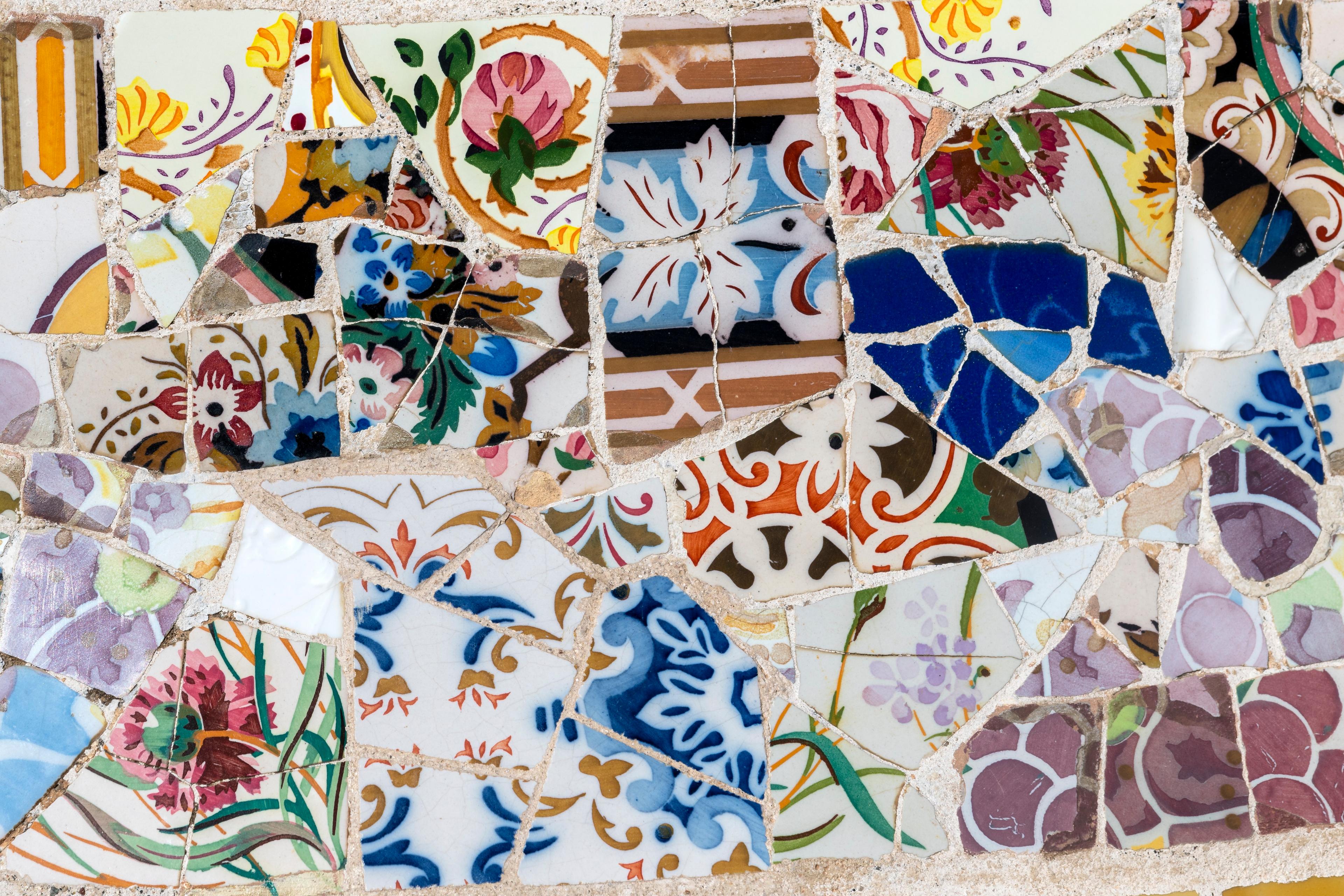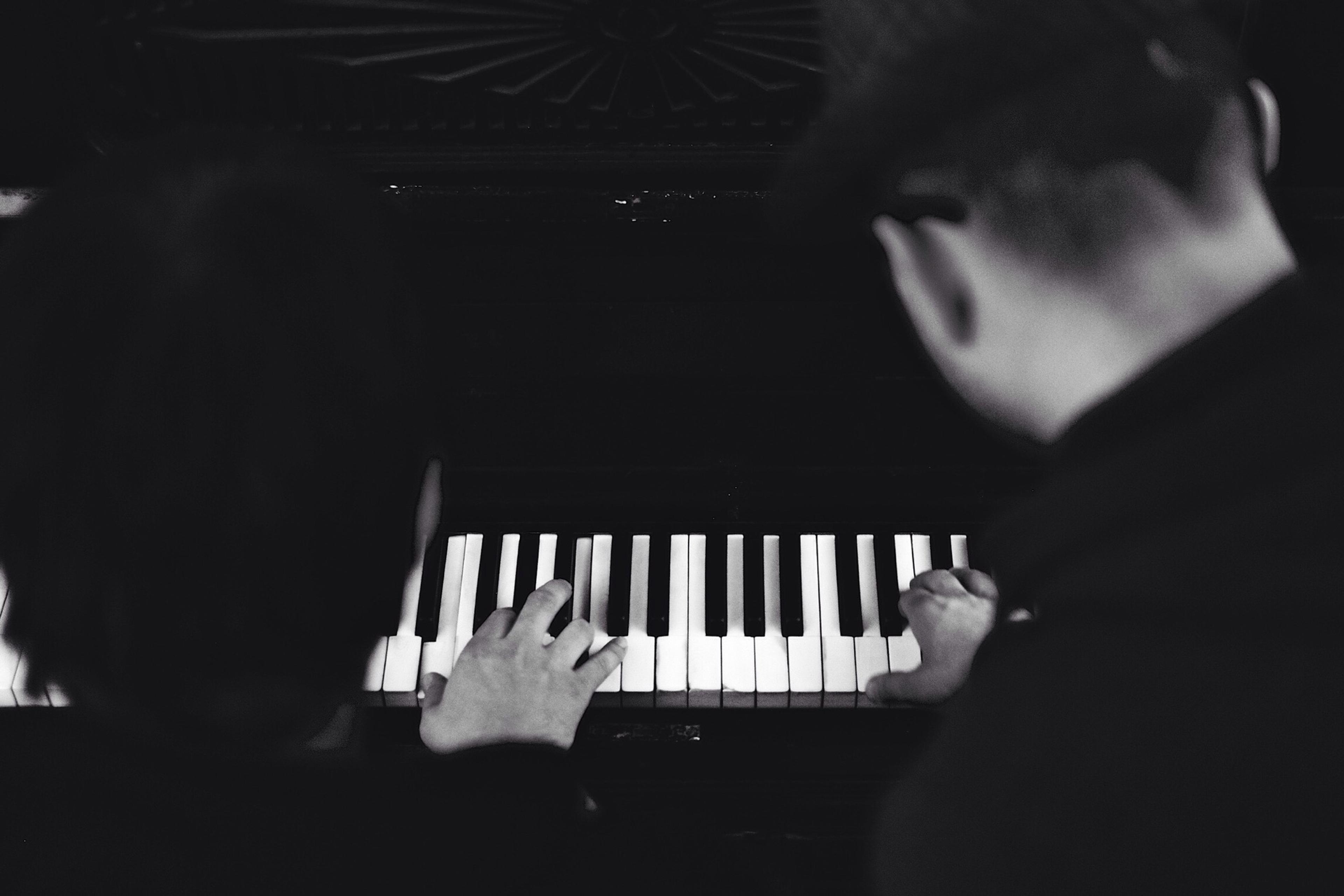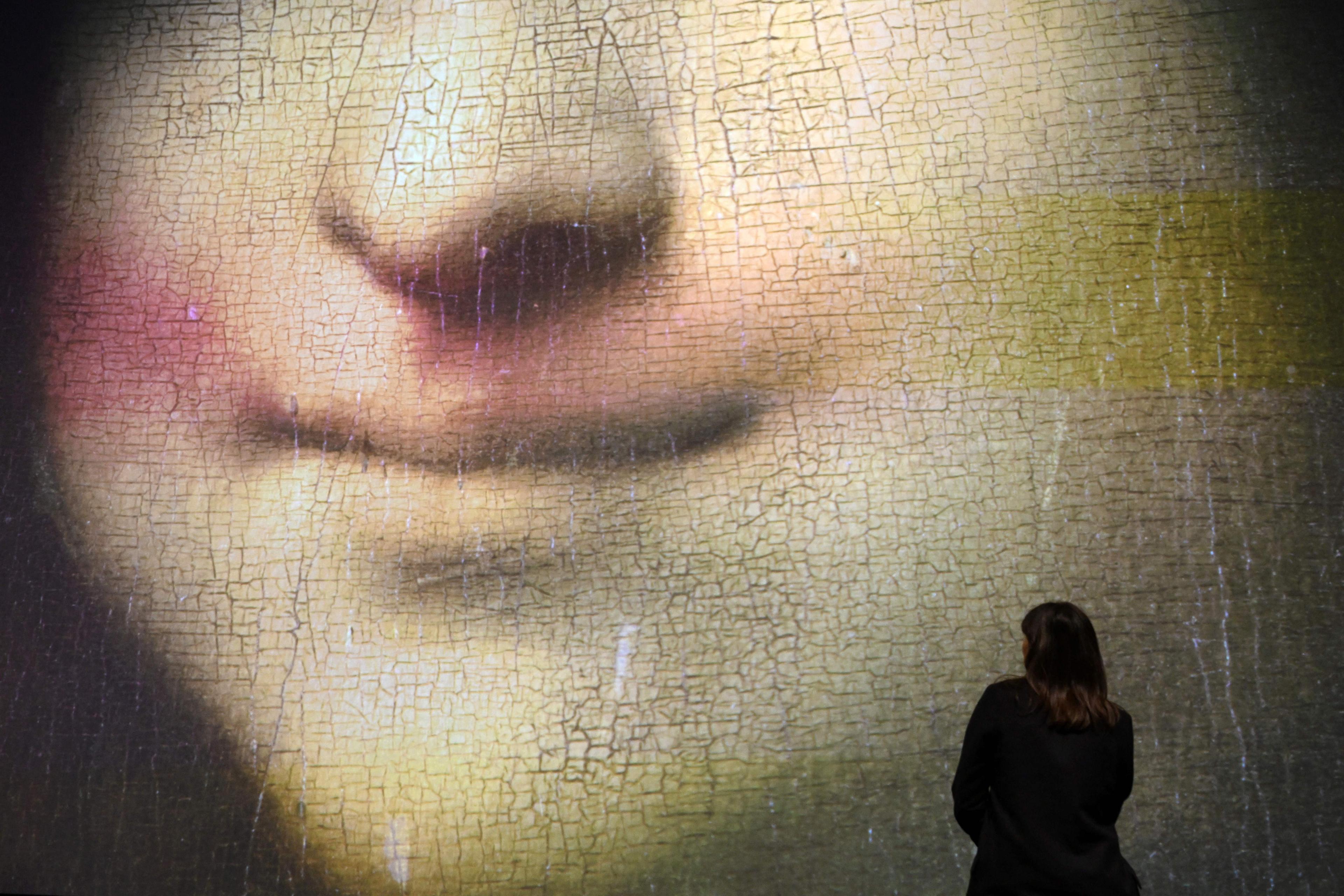‘I don’t want to go there… There’s something scary, something I’d rather not confront.’
‘It’s an unexplored territory, it is not mapped.’
‘It’s a dark place. Once I go there, I’ll be lost.’
Reading these quotes, it would be understandable if you’d pictured a typical horror movie scene with a person in front of a deep cave or a dark forest, hesitating whether to venture forth. Yet these words don’t describe physical exploration. They are real examples of sentiments shared by many people, including myself, during psychotherapy.
Alongside studying psychotherapy scientifically and practising counselling as a psychologist, I also recognise the need for my own self-care. Thus, I often find myself on the other side of the therapeutic relationship, attending group therapy sessions as a client. I usually bring unresolved personal issues with me, hoping to gain a deeper understanding of what’s going on in my mind. In these moments, my therapist’s skills come into play. He asks me incisive (and at times uncomfortable) questions, seeking to uncover the hidden roots of my unproductive convictions. I’ve noticed how, when I dive into my inner world to answer him, it feels each time like an exploration, a kind of journey amid my thoughts and feelings.
When I articulate these explorations, I often employ spatial metaphors to describe my search process, not purposefully, but because they come naturally. Phrases such as ‘I feel like I’m going in circles’ or ‘If I go there, it will come up again’ find their way into my descriptions. Initially, I regarded my use of spatial language as a stylistic choice: a way to figuratively express my search for understanding. However, my perspective shifted dramatically when I encountered the neuroscientific concept of ‘mental navigation’, which is based on the discovery that the same brain regions involved in navigating physical space are also involved in respresenting the relations between ideas. Key to the concept is that we navigate our thoughts, ideas, memories, images and concepts in a similar way to how we navigate our physical environment.
The proposed neural and cognitive mechanisms of mental navigation are intricate. Yet, the core idea is intuitively graspable and credible. I realised this could provide a structured and empirically plausible framework to explain why the journey within so often feels akin to physical exploration and why spatial metaphors play an integral role in it.
The assumption that our cognitive space resembles the physical one has been ingrained in human thought for centuries. Perhaps the most vivid anecdotal depiction is found in the often-quoted line attributed to the poet Rainer Maria Rilke: ‘The only journey is the one within.’
These intuitions have found echoes in scientific psychology since its inception. As early as 1890, the father of modern Western psychology, William James, likened our search for a forgotten idea to rummaging through our house for a lost object, visiting the ‘probable neighbourhood’ of what we seek.
Later, in the mid-20th century, Edward Tolman hypothesised that efficient navigation of the physical environment required a corresponding brain correlate. He posited the existence of ‘cognitive maps’ in our brains, representing the environment and facilitating our wayfinding abilities.
The correspondence between mental and physical navigation has found further resonance in various philosophical and scientific contexts. For example, the psychological phrase ‘maps of meaning’ refers to the structure of our belief system based on cultural narratives, while in cognitive science, the term ‘semantic networks’ describes how concepts are organised and interconnected in our minds. Psychologists have even begun to measure the distance between conceptual categories in cognitive space by quantifying ‘semantic distance’. For instance, ‘cat’ and ‘dog’ are closer in semantic distance than ‘cat’ and ‘elephant’.
Navigation-related cells encode not only spatial dimensions but also abstract knowledge
The foundational discoveries at the neural level marked a significant turning point in our understanding of navigation. Researchers identified so-called ‘place cells’ in the hippocampus and ‘grid cells’ in the entorhinal cortex. These cells are specific types of neurons that fire in accordance with one’s location. For instance, in rats, one cell fires when a rat is at the starting point of a maze, and another cell activates as it moves toward the finish, recording the positional change. This phenomenon is also observed in humans navigating virtual reality spaces.
It is during the past few years that researchers have proposed an even more complex role for navigation-related cells. Dozens of research papers have suggested that they encode not only spatial dimensions but also abstract knowledge. For example, when people organise abstract information by categories in their minds, their grid cells behave as if they are navigating a physical space. Similarly, when engaged in decision-making tasks, the hippocampus creates a mental map of the learned knowledge using geometric representations. In addition, the hippocampus houses ‘concept cells’ – more abstract analogues of place cells that fire selectively when a person thinks about specific individuals or objects, such as the Eiffel Tower or Luke Skywalker.
Collectively, these findings imply that, alongside spatial maps, we also possess ‘conceptual maps’ for representing abstract knowledge. Thus, it might be possible that, just as people navigate physically from place to place, finding their way around, they navigate mentally from one thought to another in order to reach a more abstract solution. This empirical evidence might suggest that likening mental navigation to physical navigation is more than just a metaphor. Our cognitive processes for comprehending and exploring both our internal and external worlds probably share similar patterns and mechanisms.
What’s more, this mental navigation process has been likened to an animal’s foraging behaviour. Take, for instance, animals searching for food in a patchy environment. Initially, they conduct a broad exploration, identifying areas potentially rich in resources. Subsequently, they shift towards exploiting these areas. As they realise an area has depleted its resources, they once again engage in broad exploration until they discover another fruitful area. Researchers have raised the possibility that people navigate their cognitive spaces in a similar way. When someone experiences psychological discomfort, they typically begin with a wide-ranging enquiry into the potential root of it. Upon defining a problematic area, they delve deeper until they gain a comprehensive understanding. Achieving a solution or finding relief transforms it into a familiar and explored ‘territory’, prompting them to tackle new challenges. Sometimes, this entire process constitutes what is often called a ‘spiritual journey’.
Building on these findings, my colleagues and I recently hypothesised that during psychotherapy or, more broadly, during any kind of self-reflection, people engage in mental navigation within their conceptual spaces. Given the neural mechanisms at play, we speculated that mental navigation may empower people to investigate, expand and reshape their internal cognitive landscape, akin to what they do in the external world.
Thus, we proposed conceptualising psychotherapy as a kind of journey in the cognitive space where the therapy client searches for inner destinations, overcomes different obstacles, forms novel routes, and discovers previously unknown or forgotten territories. To test this idea, we compared large language corpora containing psychotherapy session transcripts and more casual conversations. Our analysis revealed a notable discrepancy – people employ navigation-related metaphors four to five times more frequently in psychotherapy than in other conversational contexts.
For instance, some phrases and words commonly used in psychotherapy were ‘I’m at a dead end’, ‘I’m feeling disoriented’ and words linked to pathways. It is natural to hear these utterances during hiking or an expedition, but to hear their frequent use by people sitting in a therapist’s office is striking. This finding allowed us to infer that spatial metaphors arguably play a significant role during people’s introspective experiences, perhaps because they enable them to express the process of mental navigation in the most convenient and precise way.
Much like creating a physical map for a new city, consciously map out your cognitive landscape
Although people use these kinds of spatial metaphors frequently, it seems they do so without intention: that is, intuitively or even subconsciously. This led us to wonder if there could be value in bringing greater awareness to the potential power of spatial language. What if you could intentionally and explicitly harness spatial conceptualisations to enhance clarity and facilitate agency in your pursuit of self-understanding?
If you conceptualise your mind as a kind of map, you can see that, just as a physical map can be damaged or outdated, leading you astray, your conceptual map can also exhibit rigid structures or maladaptive routes. Your task, then, is to explore how your mental map functions and revise problematic areas.
For example, if you are prone to ‘jumping to negative conclusions’, it might be beneficial to search for connecting paths within a broader map, rather than relying on preconfigured maladaptive shortcuts. You can investigate the path(s) that leads to premature, negative conclusions, and map out novel thoughts or ideas that will lead you to more adaptive inferences. For instance, at a party where no one approaches you, your current path might be to infer immediately ‘I must be boring.’ Instead, zoom out and try to reflect on other causal pathways, such as that everyone is already engaged in their conversations, or maybe you’ve been a little passive, waiting for others to approach. This broader mental map could lead to a healthier, less self-critical viewpoint on your situation.
Another common problem for people starting psychotherapy is to feel discomfort without knowing its cause. This discomfort might be a clue, indicating the need to investigate and search for the exact place of the discomfort within the conceptual space. Other clients may initially claim they have ‘nothing to discuss’ – a common impasse early in therapy. Yet, upon examining their cognitive space and identifying unexplored or shadowed territories within, they often gain clarity on what they need to address.
If you find yourself in this kind of predicament then, much like creating a physical map for a new city, you could consciously map out your cognitive landscape, identifying key concepts, memories and emotions, and visualising their relationships. For example, when facing self-doubt, treat it like a point on your mental map. Examine the path that leads you there – are there any specific memories or thoughts at the root of this path? Once you have identified the origins and progression of this self-doubt, next time, you can recognise this path and avoid engaging in it.
Using the principles of art therapy, you could even try depicting your cognitive landscape on paper, which might allow you to understand your inner situation in a more vivid fashion.
Beyond simple conceptualisations, you can also use spatial language as a tool to regulate your sense of agency or the intensity of your experiences. For example, while working on a sensitive memory, you could metaphorically ‘step into’ or ‘step out of’ an image, abstracting away from difficult experiences and taking control over them. It’s also possible to imagine physically moving a traumatic memory to a different location in your mind, creating a sense of detachment and possibly providing a different perspective.
Ultimately, you can intentionally manipulate your cognitive space, conceptualising it with spatial terms, and/or simply notice spatial metaphors as they pop up by themselves. For example, if you found yourself thinking that you’re at a crossroads or at a dead end, then this could prompt you to explore more specifically what exactly is contributing to this feeling of being at an impasse. Is it a lack of options, a fear of making a wrong decision, or a belief that you’re incapable of progressing? Once you’ve identified what forms the dead end, you can try shifting your perspective. What once was a dead end can now be seen as an obstacle. While a dead end suggests a finality, an obstacle is something that can be overcome. This could involve developing new skills, seeking help from others, or even just taking a step back to gain a fresh perspective.
The perennial prescription ‘know thyself’ remains fundamental for personal and spiritual growth. Accordingly, we must expand our minds by exploring uncharted territories within. This quest is often conceptualised as an inner journey, and I hope I’ve shown that it’s quite likely this is not merely a figurative and intuitive depiction. It may be a sophisticated phenomenon with neural and cognitive underpinnings. You can harness the mechanisms of mental navigation to enrich your quest for self-discovery and gain a better understanding of your inner world. Why not experiment by making an effort to use more spatial language when thinking through your problems? Meanwhile, in our research group, my colleagues and I will continue to investigate these ideas further, including testing empirically whether our proposals have beneficial consequences in therapy.








